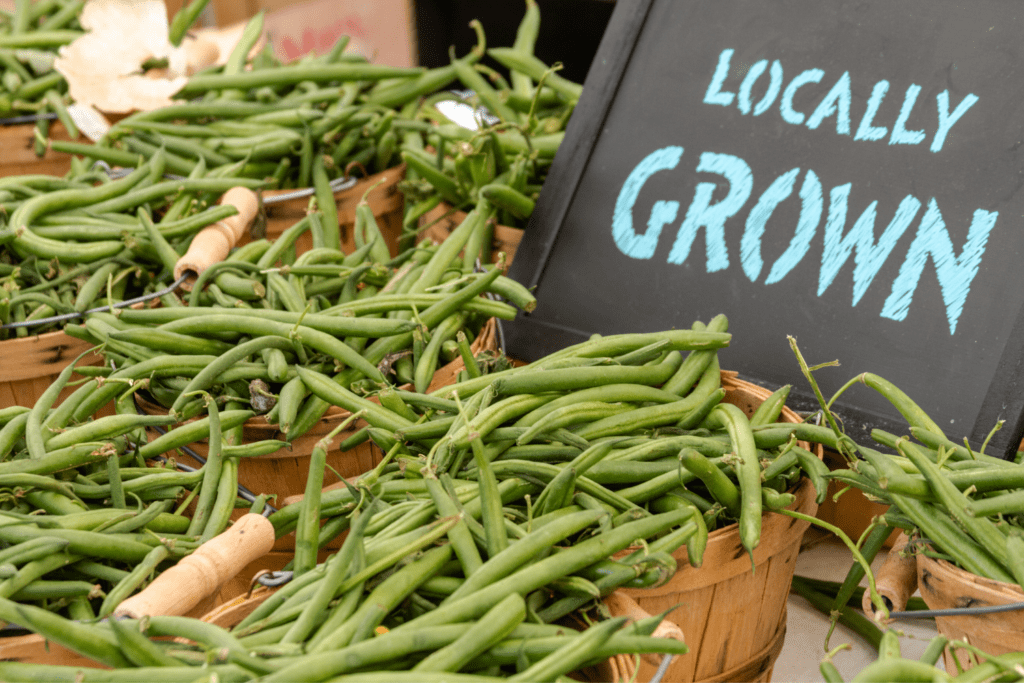As a conscientious shopper, I try to purchase the best quality food possible. One way of doing this is to shop organic. For a food to be labelled organic, the producer must abide by a stringent set of government standards. In the United States the USDA qualifies produce as organic if no synthetic pesticides, chemical fertilizers or genetically modified organisms (GMO) are used. And when producing organic meat, eggs and dairy, farmers must provide non-GMO livestock with year-round outdoor access. They are also prohibited from using growth hormones or antibiotics.
So far so good… pesticides and chemical fertilizers are not things we want to put in our bodies, even in “acceptable” amounts. But just because something is labeled organic doesn’t necessarily mean it’s nutritionally optimized or even environmentally friendly.
Organic foods are big business… sales of organic foods were $47.9B in 2019. What this means is that many of the organic foods we see in our grocery stores come from mega-farms and industrial scale agri-business. In large scale agricultural systems, which many organic growers utilize, plants are chosen for a uniform ripening period and the ability to withstand mechanized harvesting and packaging, as well as a long shelf life. Most modern plants and animals have been carefully selected not for flavor, nor texture (and certainly not nutritional density), but for yield and attractiveness. This means big chickens that grow fast (and enormous). Wheat that grows short and fat and very fast. Tomatoes that stay firm and bright red… even if they happen to taste like Styrofoam.
Most nutrients begin to degrade the moment a fresh piece of produce is picked, so the sooner it gets to you the better. Many studies have shown that a peach or berry picked closer to ripeness is more nutritious than a fruit—organic or not—picked before or after its peak of ripeness. Not only do most organic foods from your favorite supermarket spend more time in transit, they often sit in warehouses before being distributed to retail outlets. Take a look at where the organic produce you typically buy comes from. Much of this produce comes from large mono-crop farming in central California, or even Central of South America. For someone on the east coast that’s a long distance for your “fresh” produce to travel.
Lately there’s been a resurgence of buying locally grown meats and produce. Farmers markets are commonplace now in most urban areas, and some larger retail grocers now have sections for locally grown meat and produce. Prior to industrialization, buying locally was the norm. It wasn’t until the advent of refrigerated rail cars in the late 1800s that transporting perishable goods long distance became feasible. Prior to that, shopping for locally grown goods was pretty much the only option available to most consumers.

Locally grown food often tastes better, and it usually looks better, too –as crops are picked at their peak, allowing the flavors (and nutrients) to fully develop. Other sustainable farmstead products – such as cheese and wine – are usually hand-crafted in an artisanal way, rather than a factory environment, and employees are from the region as well. Meat and dairy will often be processed in facilities with a close proximity to the farms, and the farmer will typically have a direct relationship with the processing outlet, allowing them to oversee quality. This is not the case with animals processed in larger industrial plants. In addition, by selling direct to the consumer or neighborhood retailers, the large middlemen are eliminated so the farmer can receive better prices for their food. This encourages farmers and future generations to stay on the land rather than selling to developers.
While you’ll most likely never have a personal relationship with the farmers and processors of large scale organic produce, meat and dairy, it’s easy to strike up a conversation with the farmers at your local market, most of them are more than happy to tell you about their farms and farming practices. So the next time you’re out shopping for food, consider buying local.
